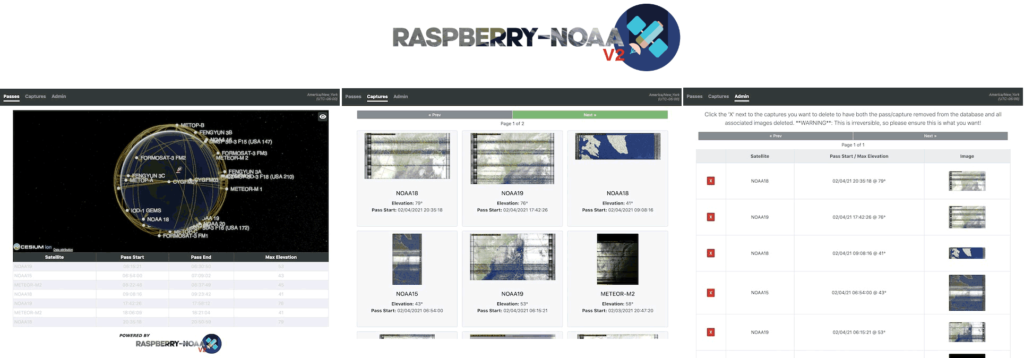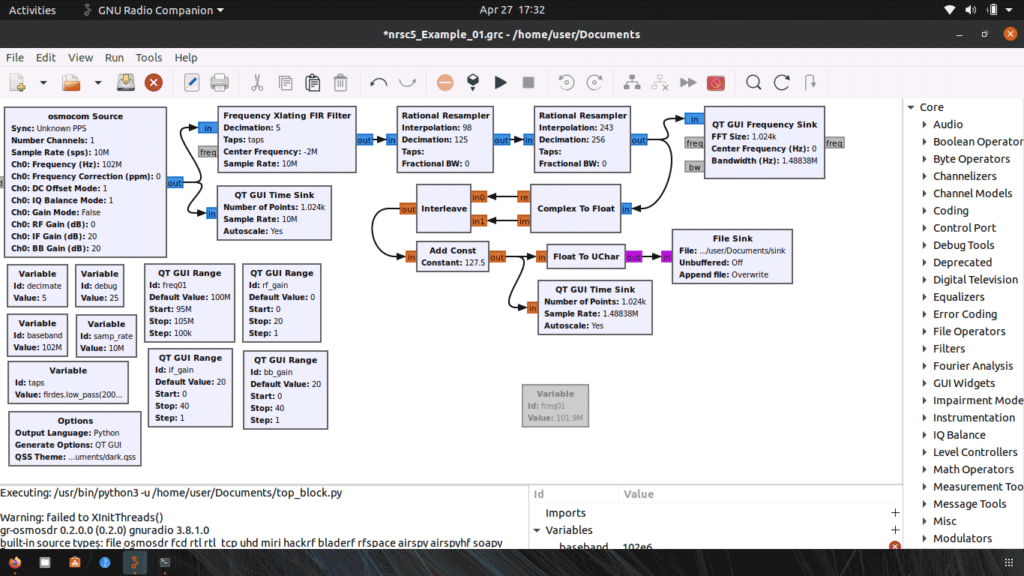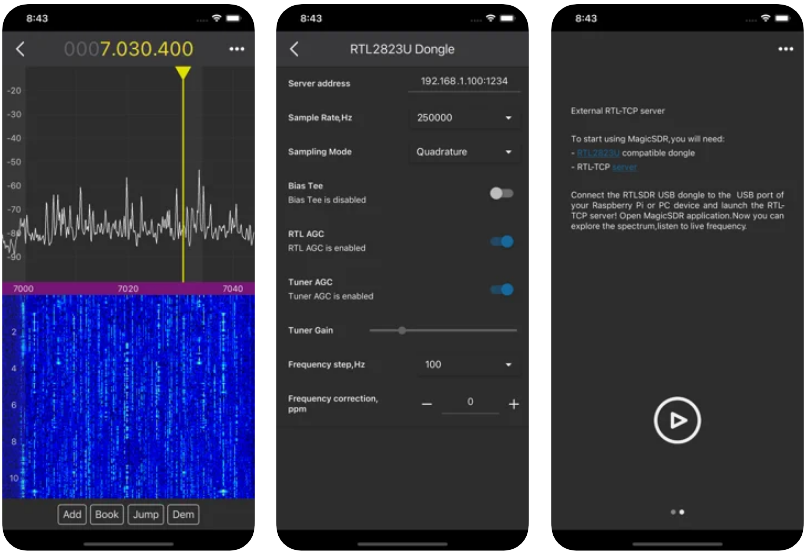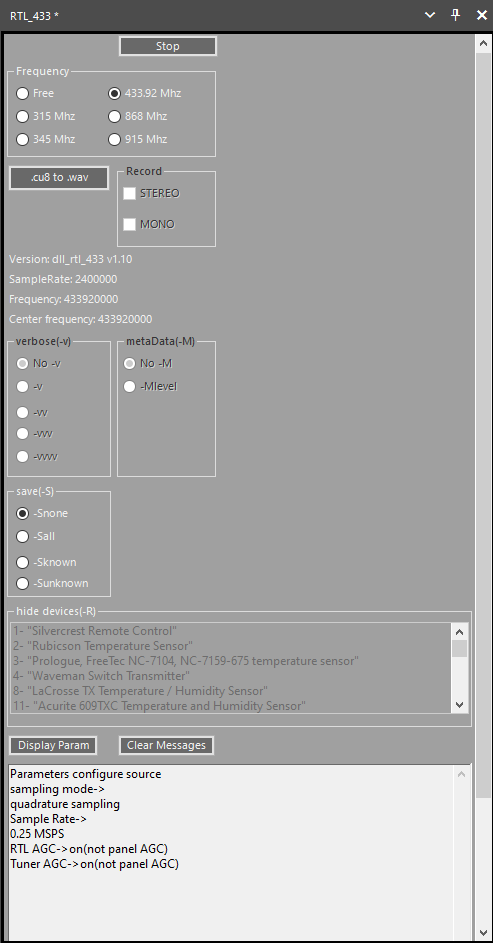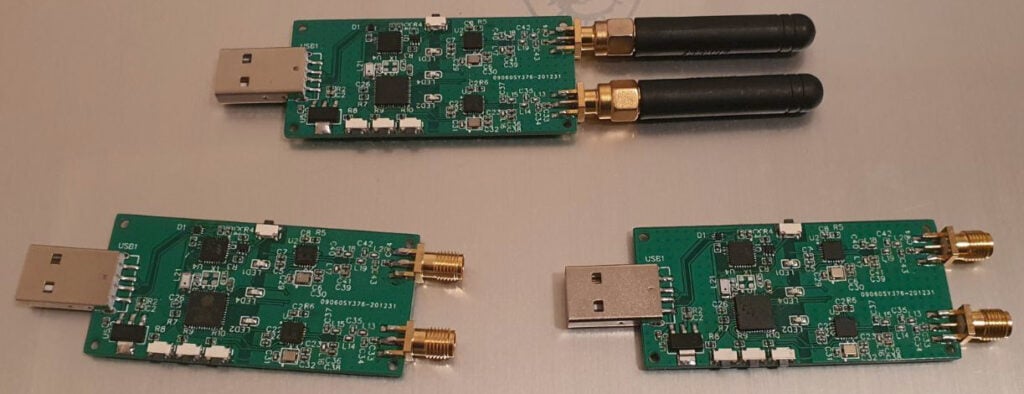Raspberry-NOAA V2: Raspberry Pi Automated NOAA and Meteor Weather Satellite Capture
Raspberry-NOAA is open source code and a set of scripts that allows you to set up a Raspberry Pi as an automated NOAA and Meteor weather satellite station with an SDR like an RTL-SDR. The software makes use of the Raspberry Pi version of WXtoIMG and meteor_decoder for decoding the satellites, a program called predict for predicting satellite passes, and various automatically generated cron scripts to schedule recording and processing.
Recently V2 has been released by Justin Karimi who builds on the work of the original creators. It seems that the webpanel has been upgraded and made mobile friendly, as well as many more enhancements that can be seen on the Release page notes.
